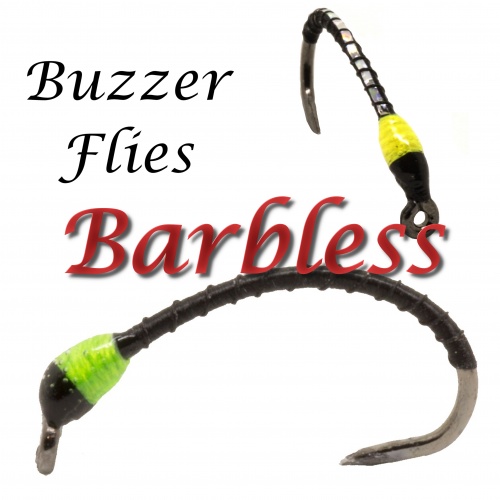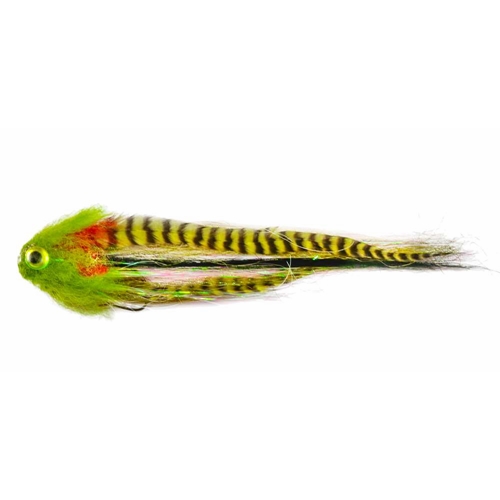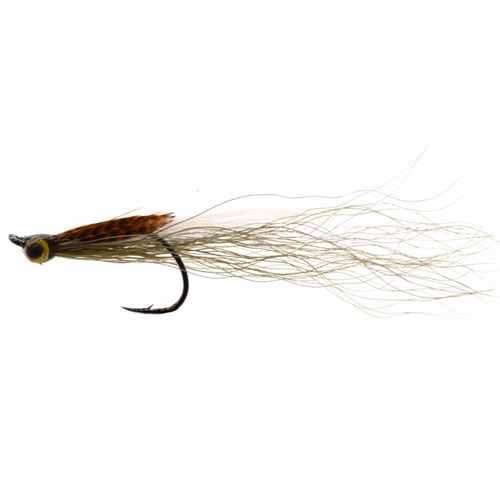One of the most mis-understood areas in fishing is what happens to light in water. To see a colour we need that colour within the spectrum to be visible on the object we are viewing because we see colour as it is the relection of light on an object.
So what is the issue? well different colours disapear at different depths according to the colour of the water and particles suspended in the water. However if we use a green and black coloured lure 5m deep in muddy waters we will see a totally black lure, however if the same lure is used at 5m deep in a green or blue coloured water we will see a green and black lure which is totally different to the same lure in muddy waters.
Light Spectrum
White light we see from the sun is not white but a series of colours blended together called the visible spectrum, is is part of the overall electromagnetic spectrum.
![]()
Visible Spectrum
The visible part of the spectrum is shown below is between 400nm and 700nm (nm is a metric unit of length equal to one billionth of a meter).

Electromagnetic Spectrum
Much of what we see is controlled by the light bounching off of it. Great fun with some basic light 'experiments' and these show the effect of light on our fishing. A great experiment to understand this more is had for example by taking single coloured marabou (red, blue and white) feathers into a blacked out room and shine a torch light through a coloured filters.
- Shine a torch through the blue filter and the red feather will appear black, the blue and white feathers will both appear blue.
- Put a red filter over the torch and shine it onto the feathers and the red and white feathers will both appear red and the blue feather will appear black.
- Shine the torch directly without filters on the feathers and we will see our red, blue and white feathers.
The results in experiments 1 to 3 above are because to show a colour in a material we need that colour from the visible spectrum to be available to illuminate the feather. Without it the feather appears black.This is because of colour light merging which is totally different to merging colours with paint.
As kids we learn subtractive colour mixing with paints, we have 3 primary colours cyan, yellow and magenta (plus black and white). We mix cyan and yellow and we get green. This is shown on the chart below.

Subtractive Colour Mixing (Paints)
However working with light we have a totally reversed effect which for anyone that has worked on stage lighting will know can be used for great fun as it is possible to get for example elements of clothing to become black until needed to be visible! White light is a combination of all of the colours available in the visible spectrum shown above. We can see the effects of colours in the additive colour mixing chart below.

Additive Colour Mixing with Light
It is this additive colour mixing that we need to understand to really understand the effects of light on our fishing flies under water. Take the additive colour charts further and under water for our fly fishing and we have the same effects (without the use of fluorescent materials).
- If we put a green and black fly (say a viva fishing fly) in muddy waters 2m deep and the fly will appear all black to trout!
- If we put a red epoxy buzzer 10m down in a reservoir and the fly will appear as an all black buzzer for trout.
- If we fish a white woolly bugger
2m down in a green or blue lake a white wooly bugger will appear white
3m down in black or muddy watered lake it will appear black
10m down in a green or blue lake it will appear turquoise
These can be calculated from the additive colour chart above. The reason for this is the depth at which different colours penetrate waters. This varies according to the water colour, particles in the water but are typically as follows for different water types.

Light Penetration in Black Waters

Light Penetration in Muddy Waters

Light Penetration in Blue Coloured Water And Lakes

Light Penetration In Deep Ocean



















